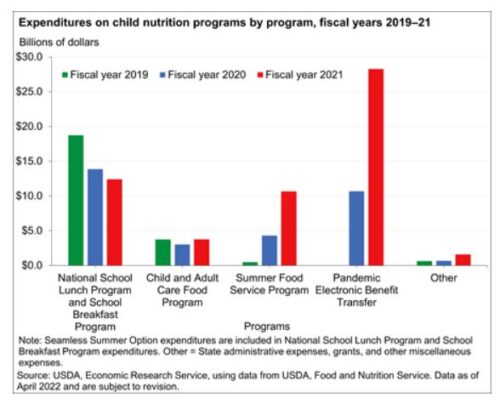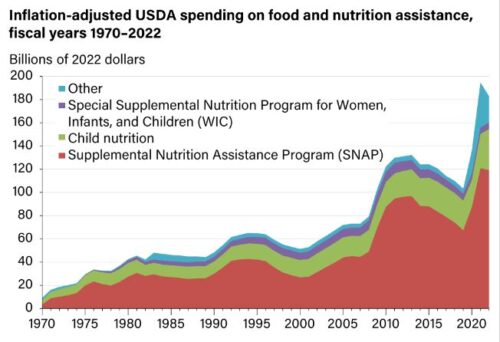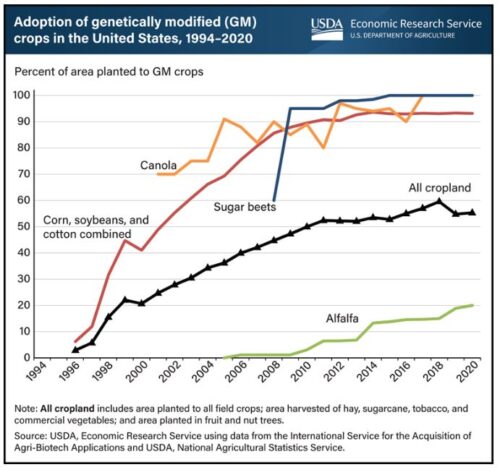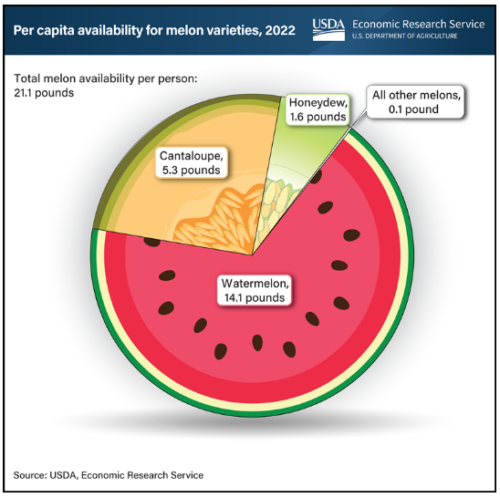Industry-funded study of the week: Pecans again
At least five readers recently sent me items about research funding by pecan trade associations and I especially thank Lisa Young and Matthew Rees.
But I will begin with Headline vs. Study from the weekly newsletter (invaluable) Obesity & Energetics Offerings (8-18-23).
- Headline: New Research: Regular Pecan Consumption Could Curb Obesity and Reduce Inflammation.
- University News Article: Adding Pecans to Your Diet Could Help Prevent Obesity and Reduce Inflammation.
- Press-Release: Pecans Give Obesity and Diabetes a Slim Chance: Study Shows the Health Benefits of Pecans, Which May Curb Obesity and Reduce Inflammation.
- Study: Pecans and Its Polyphenols Prevent Obesity, Hepatic Steatosis and Diabetes by Reducing Dysbiosis, Inflammation, and Increasing Energy Expenditure in Mice Fed a High-Fat Diet.
Guess who funded this:
- Funding: We acknowledge funding from the Texas Pecan Board and a grant from the Texas Department of Agriculture.
- Conflicts of Interest: The authors declare no conflict of interest.
Comment: Acknowledged or not, the funding establishes a conflicted interest. Industry funding influences the outcome of research, whether the researchers recognize it or not. I will say more about that this week in response to a comment from a reader.
In the meantime, here is another one.
- The study: McKay DL, Eliasziw M, Chen CYO, Blumberg JB. A Pecan-Rich Diet Improves Cardiometabolic Risk Factors in Overweight and Obese Adults: A Randomized Controlled Trial. Nutrients. 2018 Mar 11;10(3):339. doi: 10.3390/nu10030339.
- Acknowledgments: This work was supported by the U.S. Department of Agriculture (USDA) Agricultural Research Service under Cooperative Agreement No. 58-1950-014 and the National Pecan Shellers Association. The National Pecan Shellers Association provided the pecans for the intervention.
- Conflicts of Interest: The authors declare no conflict of interest. The founding sponsors had no role in the design of the study; in the collection, analyses, or interpretation of data; in the writing of the manuscript, and in the decision to publish the results.
Comment: The role of the National Pecan Sheller sAssociation is not clear (to me) from these acknowledgments. Did the trade association initiate or fund the study, or was its involvement strictly in providing pecans? Is there a difference? Perhaps. It is possible for studies involving vested financial interests to be done objectively, but studies of the “funding effect”—a higher probability of favorable outcomes—to be the norm. Again, I will speak to this point later this week.
In the meantime, for detailed discussion and references of this issue, see my book, Unsavory Truth: How the Food Industry Skews the Science of What We Eat.







